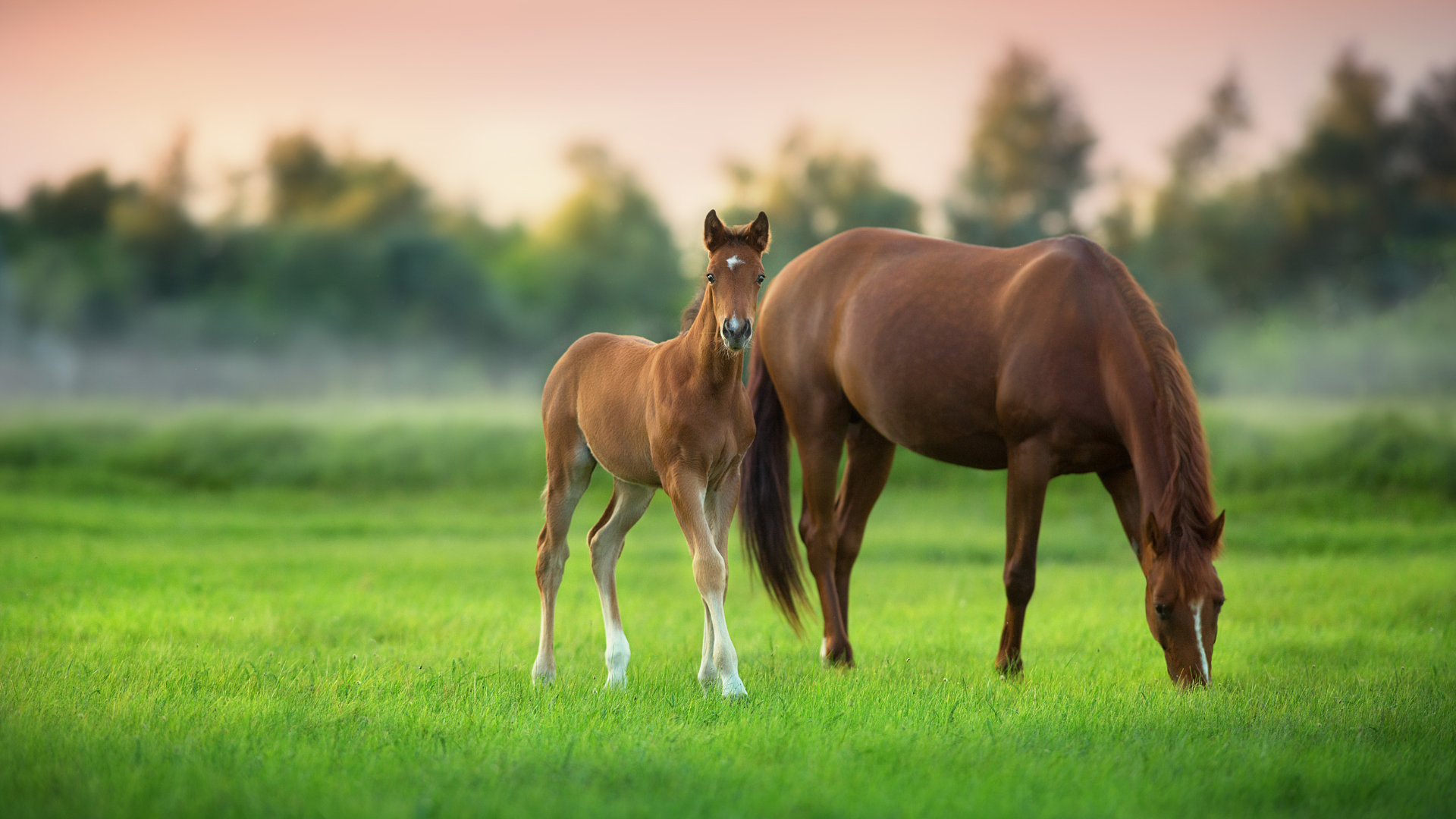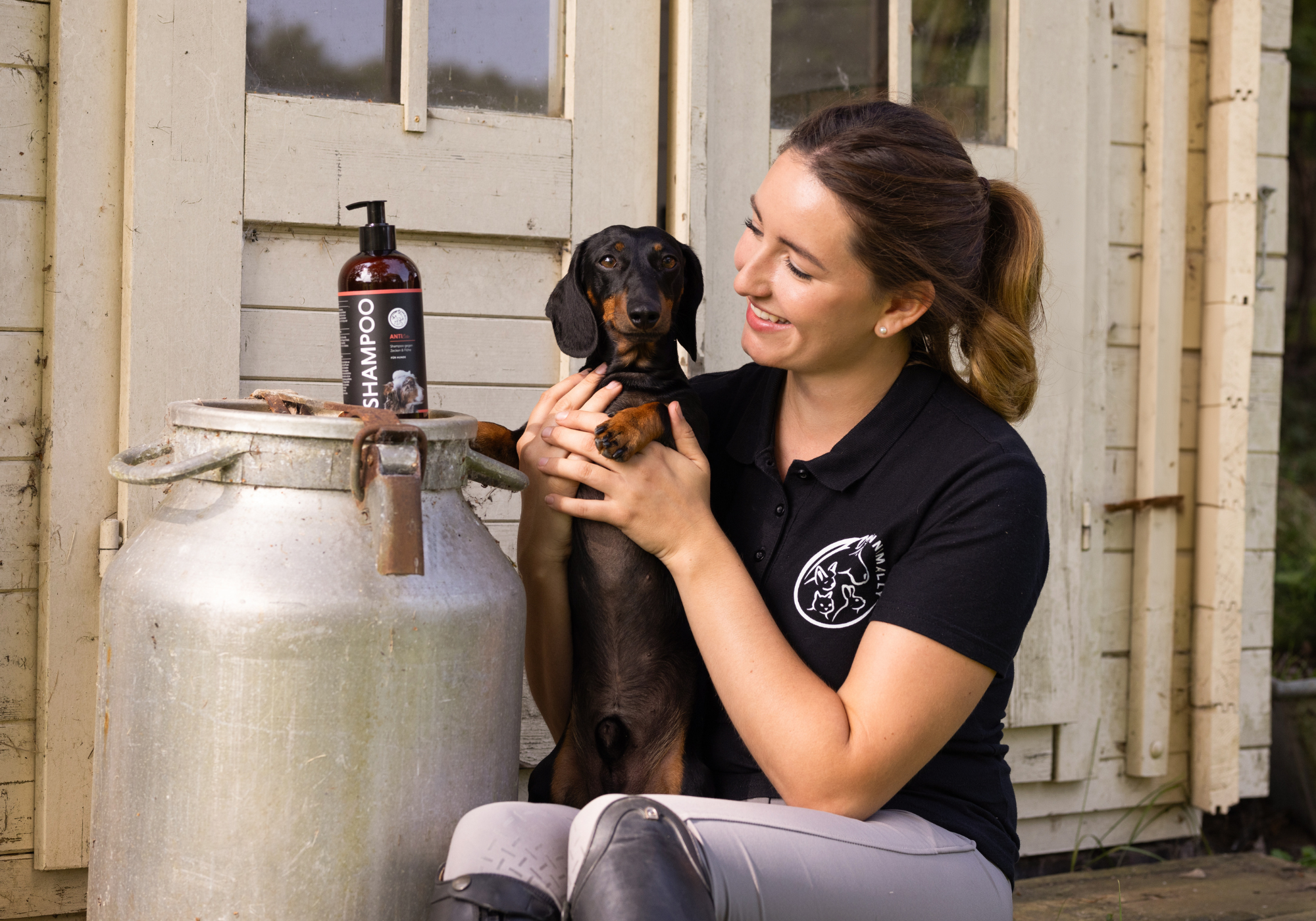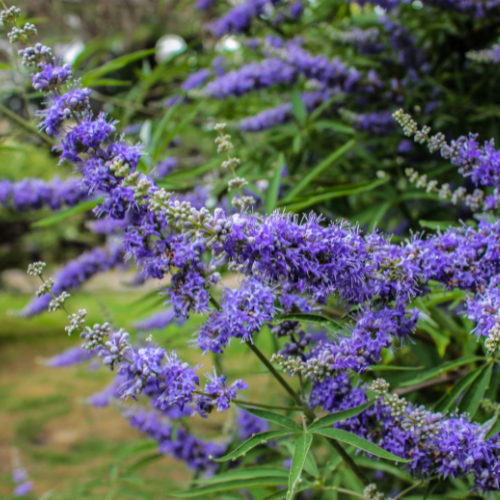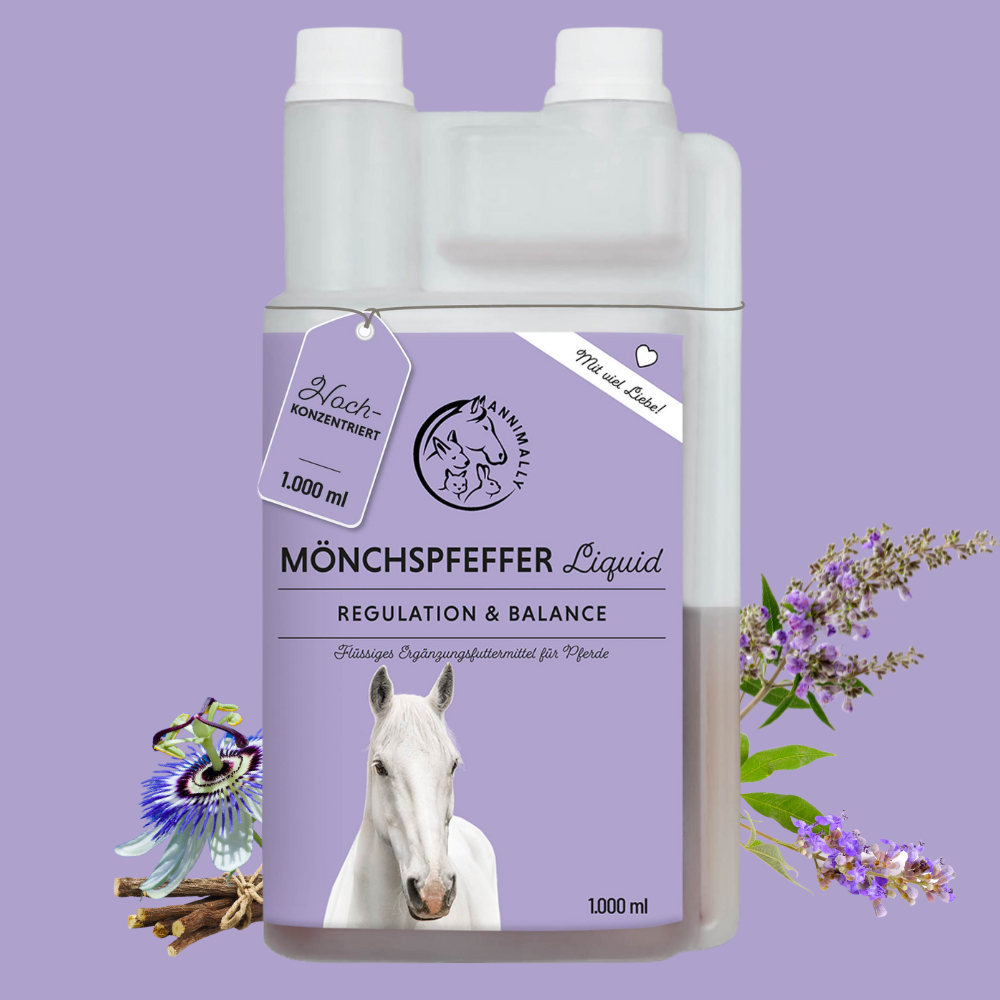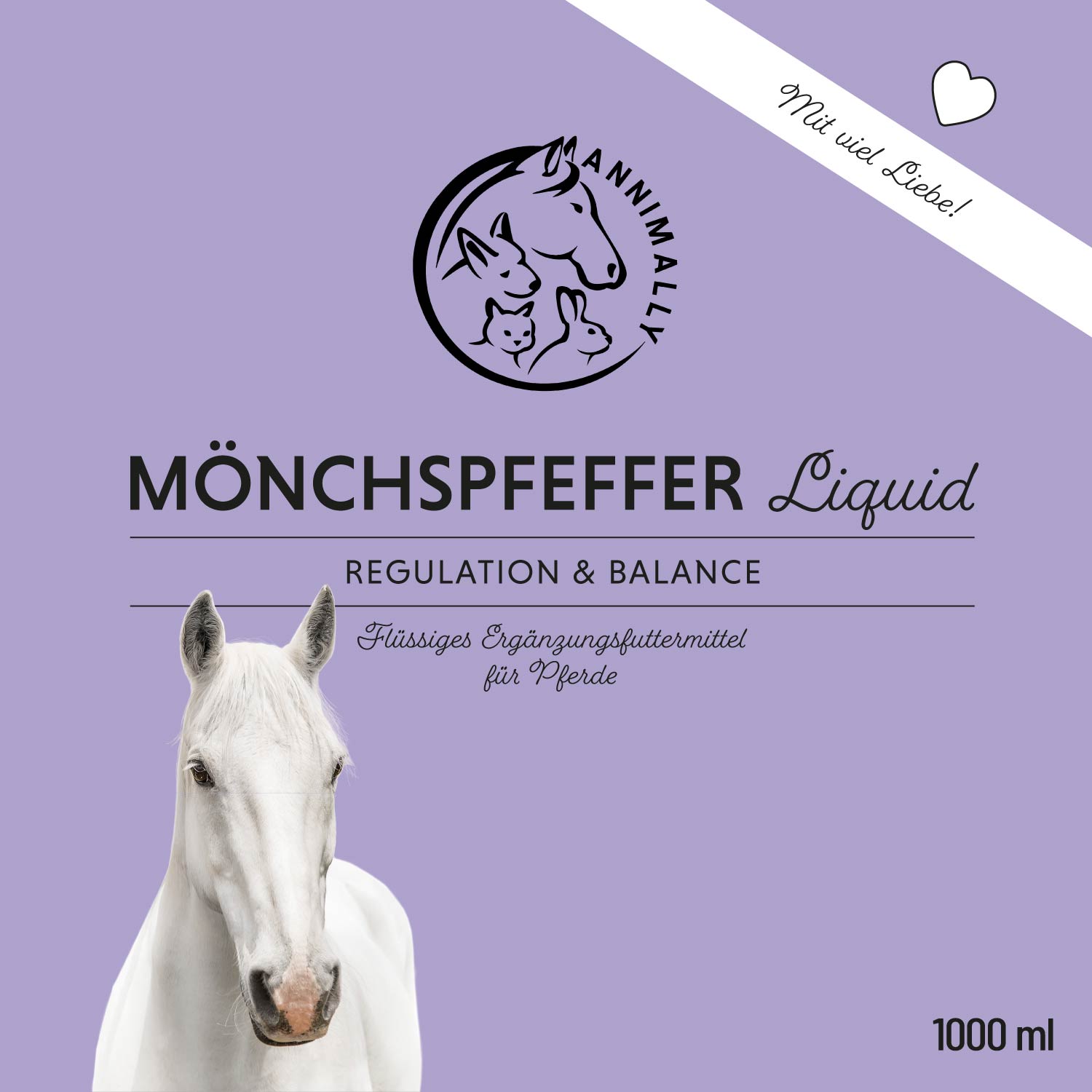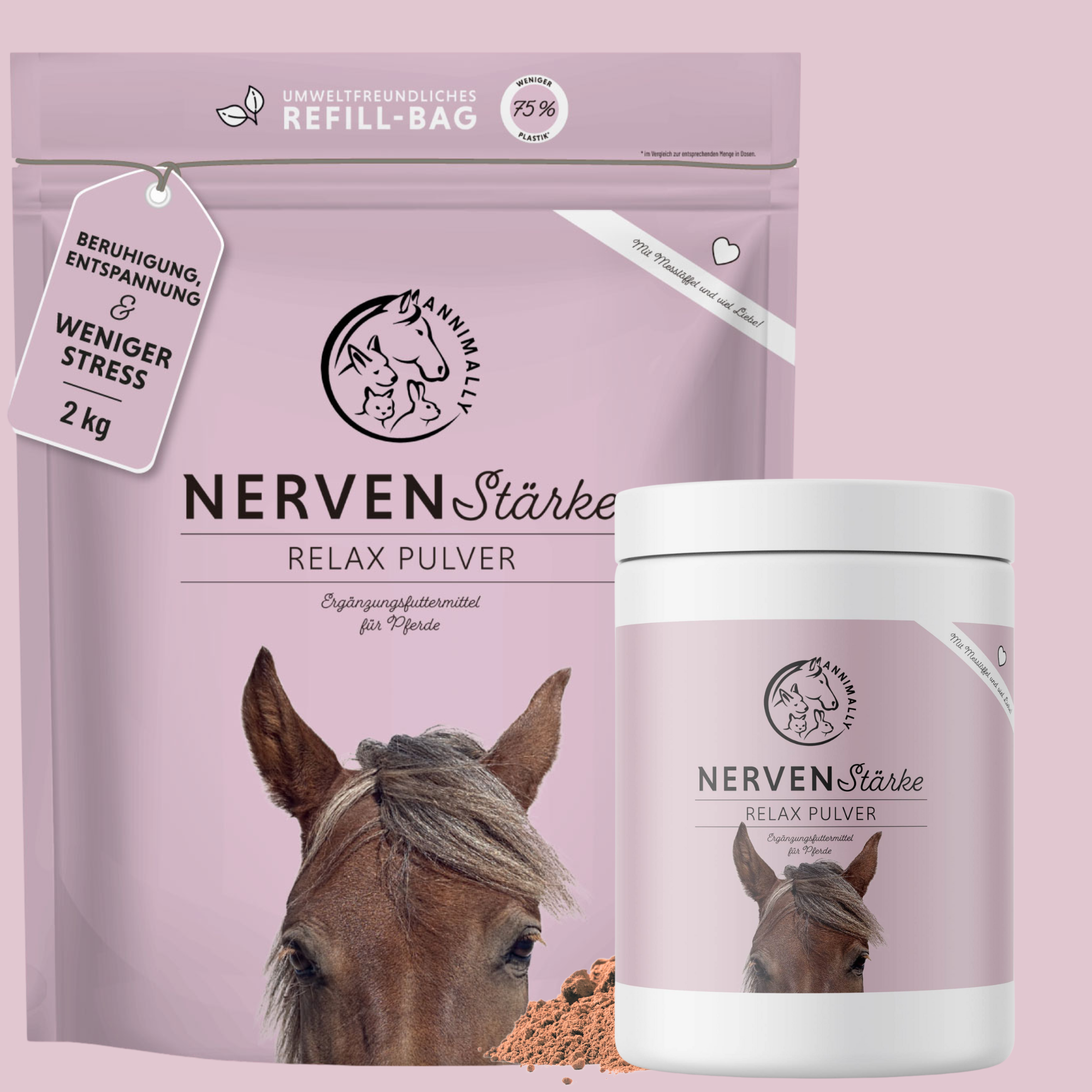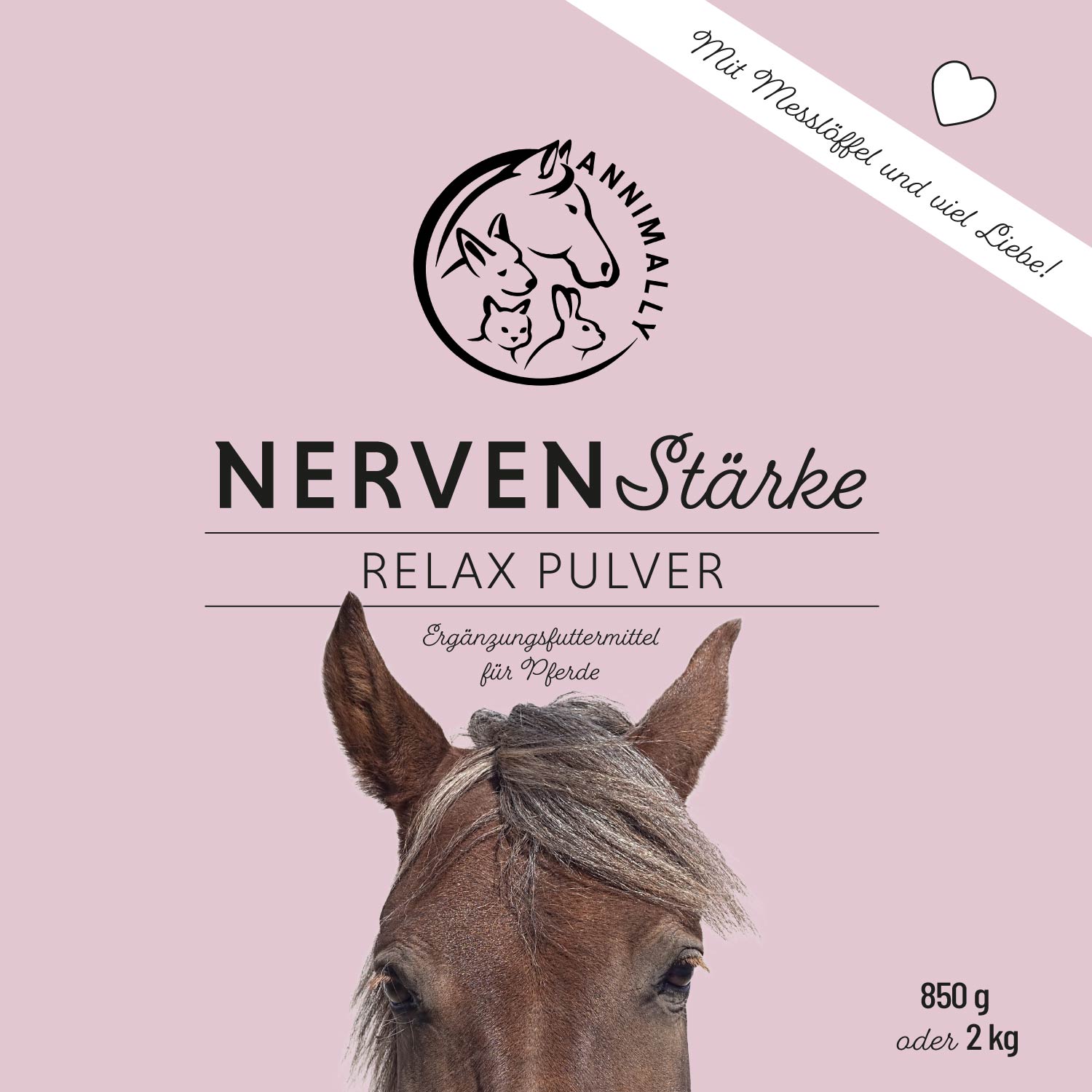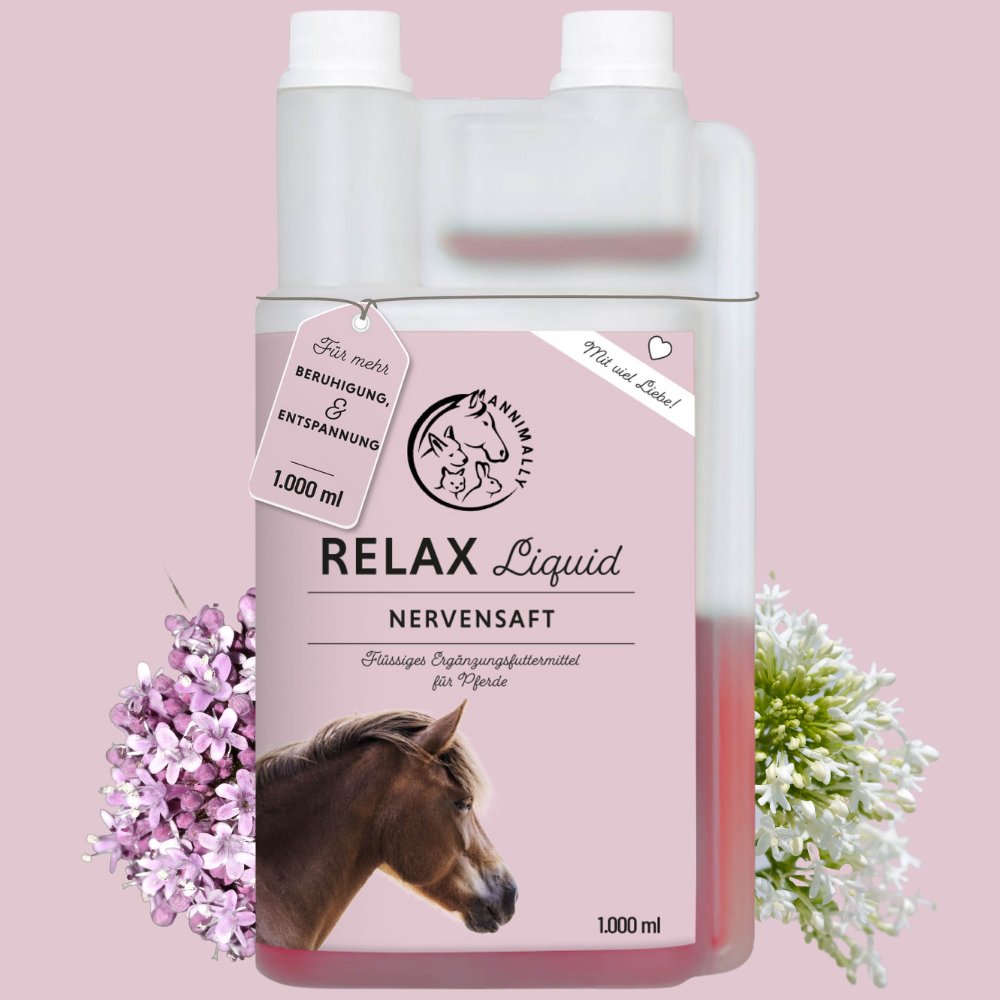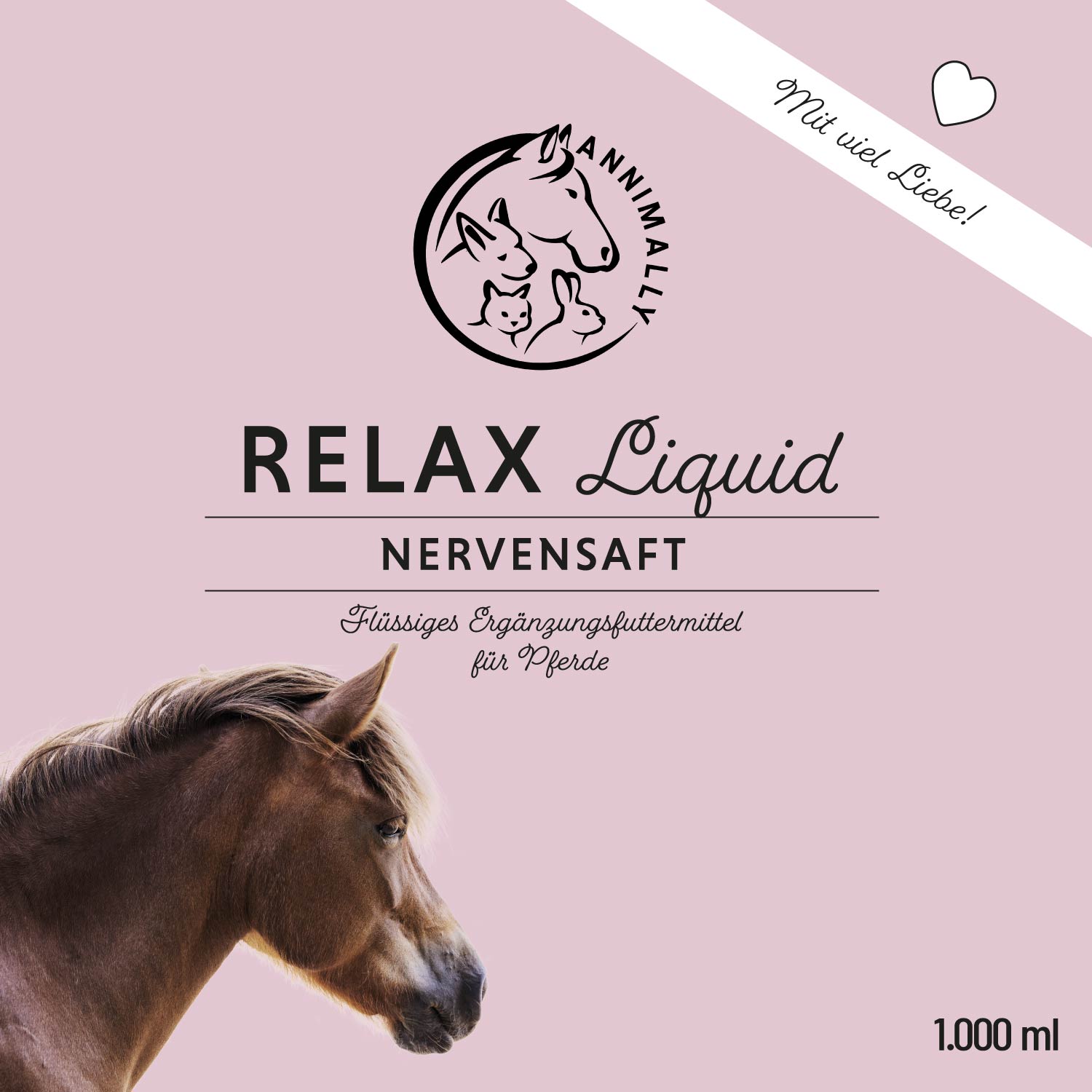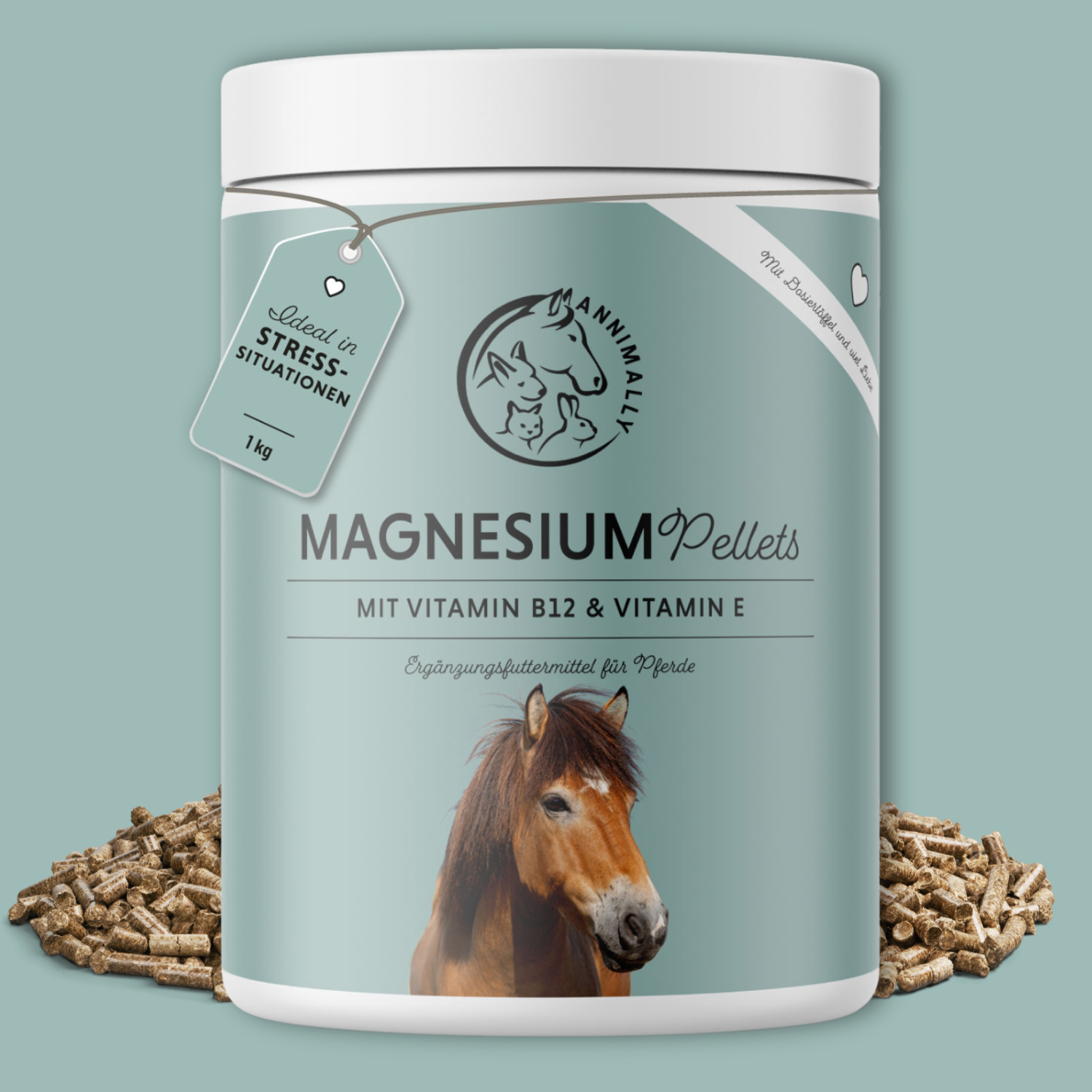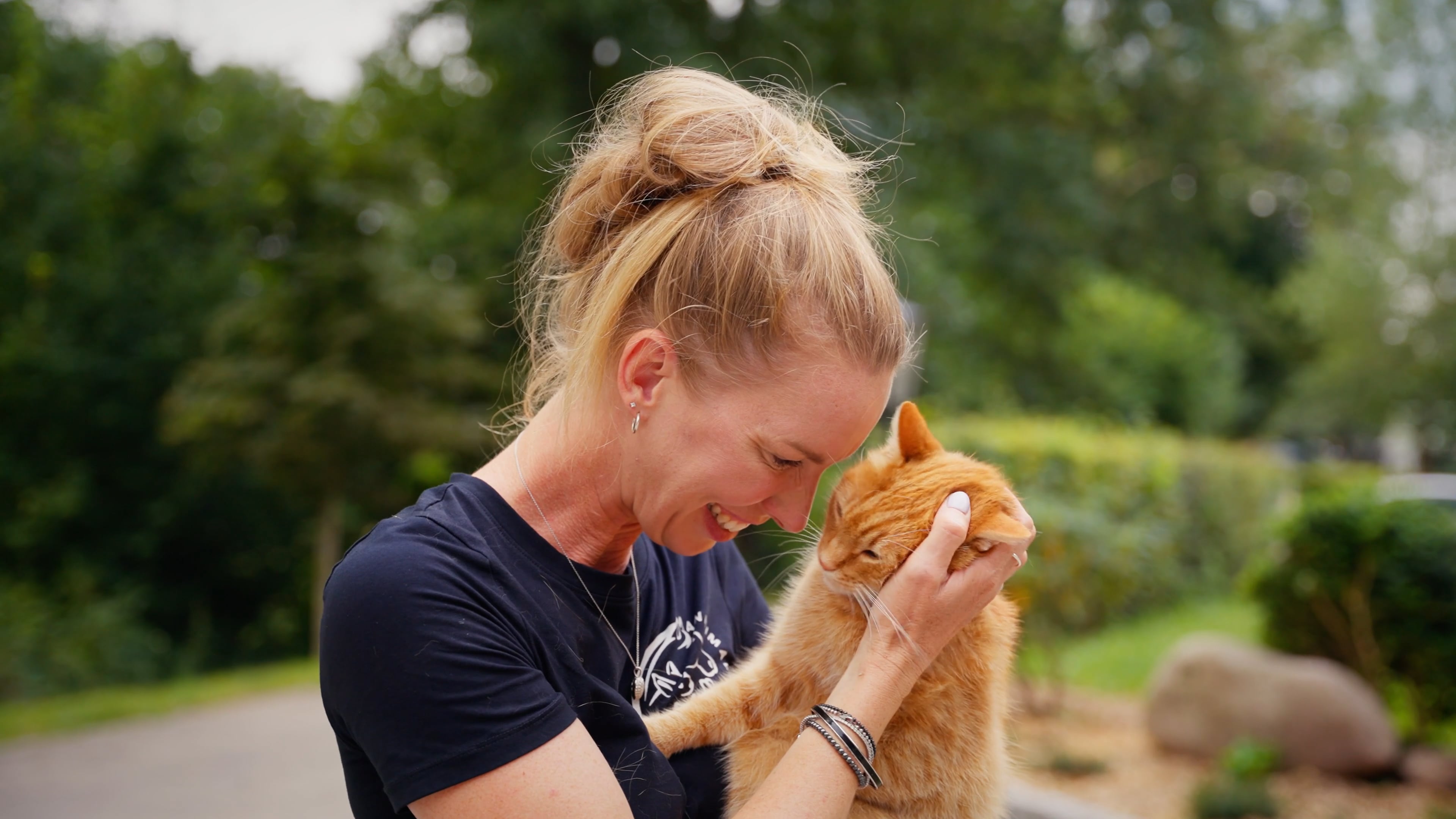Chasteberry for horses – Natural support for hormone balance, behavior and well-being
Have you ever heard of chasteberry for horses? Perhaps in connection with hormonal problems in mares or unusual behavior in geldings or stallions? Then you've come to the right place.
Monk’s pepper – also known as Agnus castus – is a time-honored herbal remedy that was already used by monks in the Middle Ages. Today, it is experiencing a renaissance in modern horse nutrition—and rightly so.
In this blog post, you'll learn what chasteberry is, how it works for horses, which horses it's suitable for, and how best to feed it. We'll also address important topics such as anti-doping, its effects on hormone metabolism, and its use in Cushing's syndrome.
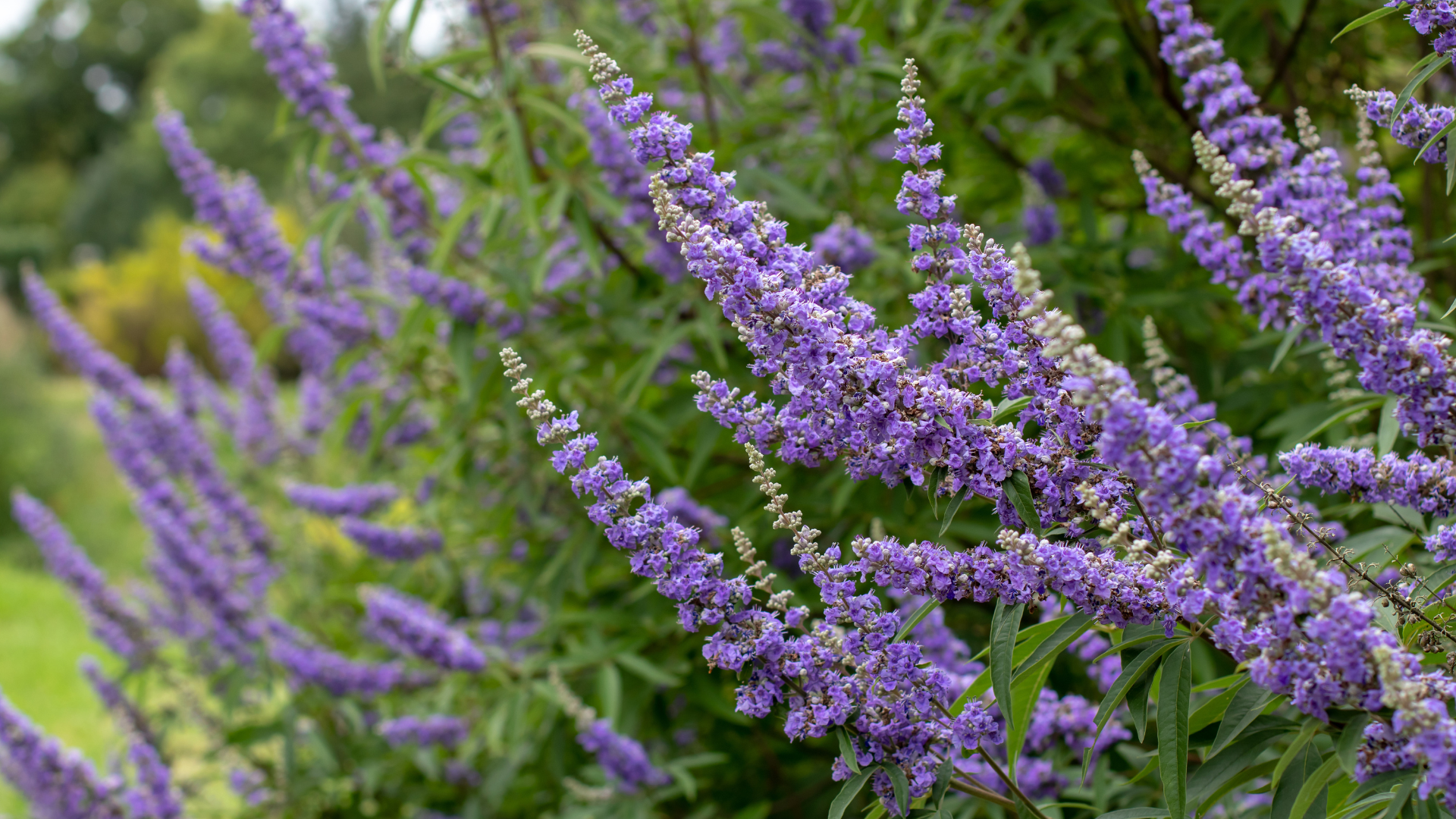
What is chasteberry anyway – and why monks?
The chasteberry bush originates from the Mediterranean region. Its fruits – small, black seeds – resemble peppercorns at first glance, hence its name. Even in the Middle Ages, monks exploited its effects. They used the herb to curb their sexual drive – hence the name "chaste lamb" or "monk's pepper."
What was known through experience back then has now been proven by studies: The ingredients of chasteberry influence the hormonal balance – in humans as well as in animals. This is particularly interesting for horses that suffer from behavioral abnormalities, physical complaints, or impaired estrus due to hormonal fluctuations.
How does chasteberry work for horses?
Chasteberry acts on the hypothalamus-pituitary complex, the hormonal control center in the brain. There, it can regulate the release of certain hormones—especially prolactin and dopamine. This allows it to play a balancing role in cases of hormonal imbalance.
The most important effects on horses:
-
Regulation of hormone metabolism
-
Stabilization of hormonal balance
-
Reduction of mood swings
-
Support with estrus problems
-
Calming stallion geldings
-
Positive influence on cortisol levels in Cushing's disease
-
Gentle help without synthetic additives
Monk's pepper is not a hormone preparation, but a natural herbal feed. It gently supports your horse's body without overtaxing it or risking unwanted side effects.
For which horses is chasteberry suitable?
Chasteberry is a great supplement to the feed for many horses – especially those with hormonal or behavioral issues. Here are some typical uses:
1. Mares with estrus problems
Many mares suffer from an unbalanced heat cycle, exhibit back pain, react aggressively toward other mares, or suddenly become unrideable. Often, this is due to unbalanced hormonal metabolism. Chasteberry can help regulate heat cycles, harmonize behavior, and improve mobility.
2. Stallion geldings
Not every gelding is a "different horse" after castration. Some continue to exhibit typical stallion behavior, react strongly to mares in heat, or display a dominant demeanor. Chasteberry can help gently calm the behavior of these "stallion-like" geldings and bring more calm back into their daily lives.
3. Stallions with strong sex drive
Chasteberry can also be beneficial for stallions with a strong sex drive. It alleviates hormonal imbalances without suppressing the horse's natural vitality. This can make everyday handling safer and more relaxed.
4. Horses with Cushing's syndrome (PPID)
Cushing's syndrome is a chronic condition characterized by persistently elevated cortisol levels. Cortisol—a stress hormone—affects numerous metabolic processes in the body and, if present in excess, can cause serious symptoms. Horses with Cushing's syndrome often exhibit coat changes, muscle loss, susceptibility to infections, and laminitis. Studies show that chasteberry can help regulate cortisol levels, mitigate the effects of excess cortisol, and relieve hormone metabolism—however, it is not a substitute for veterinary treatment.
How do you feed chasteberry correctly?
Monk's pepper is available in various forms—as pure powder, as coarsely chopped herbs, or as an ingredient in mixed products. It's important that you choose a product without sugar, unnecessary additives, or preservatives.
Dosage (feeding recommendation):
-
Small horses & ponies : approx. 5-10 g per day
-
Large horses : approx. 15–20 g per day
It's best to mix the powder into the concentrate or mash. Some horses like the taste of chasteberry right away, while others need a little time to get used to it. You can also moisten the powder slightly to help it stick.
Tip : Give the chasteberry at least 3–4 weeks to take effect. For persistent problems, you can use it for several months or permanently.
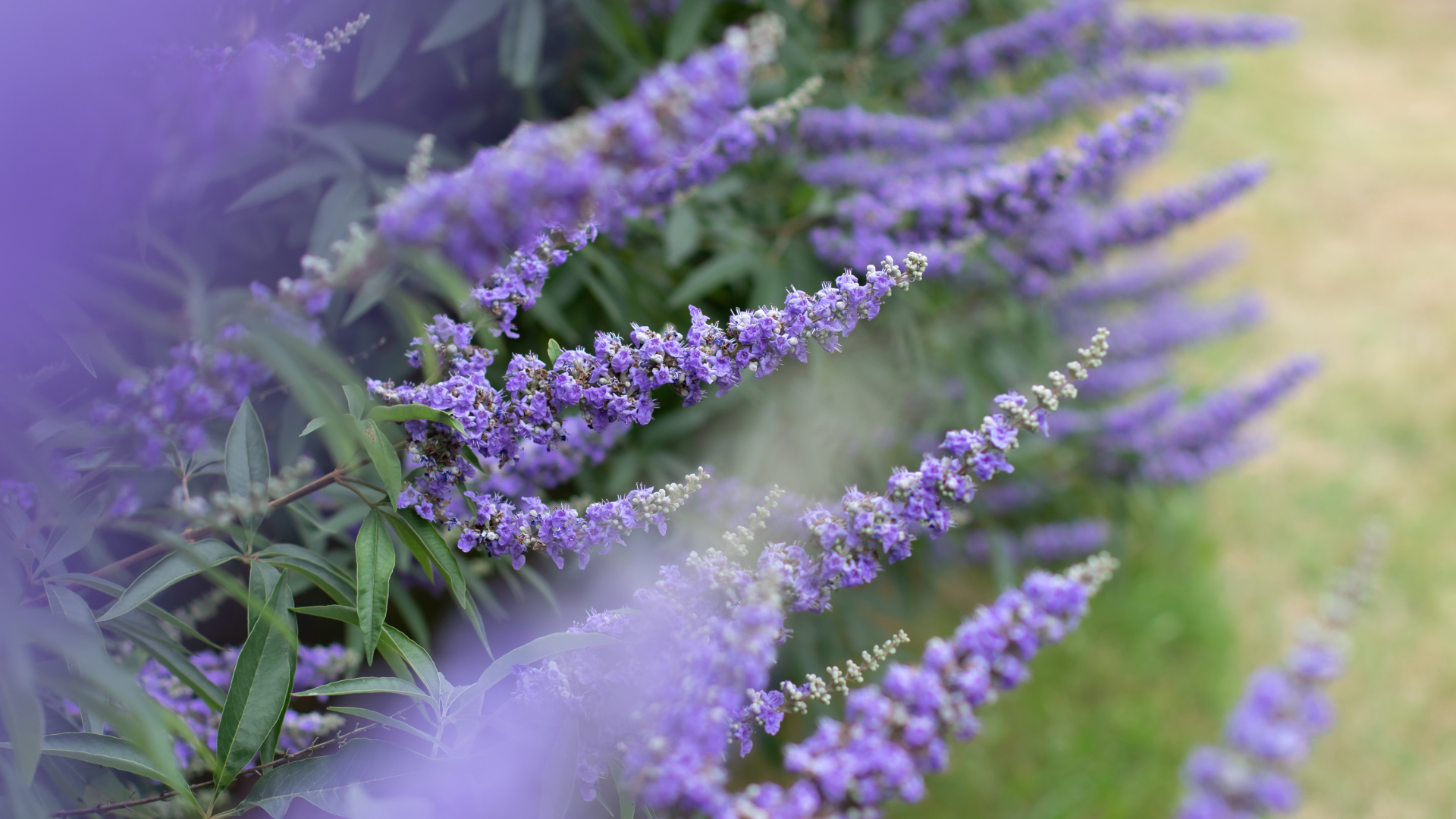
Chasteberry and anti-doping – what you need to know
Even though chasteberry is a purely natural product, it is considered doping-relevant according to the German Equestrian Federation (FN). This means that it may not be administered during competition in competitive sports. A waiting period of at least 48 hours is recommended, and even longer if uncertain.
So, if you're competing in competitions, be sure to check that your feed complies with the ADMR. If in doubt, consult your veterinarian or contact the FN directly for information about the current rules.
How do you recognize a high-quality monk's pepper product?
A good chasteberry product for your horse should:
-
Contains 100% Agnus castus
-
No preservatives or added sugar
-
Be declared as a feed material
-
Have a good crude fiber structure (for herbs)
-
Be finely ground (for powder) for better availability
Depending on your preference, you can choose between powdered or coarse herbs. It's important that the ingredients have been processed gently to preserve their valuable active ingredients.
How long can you feed chasteberry?
Chasteberry can be fed both in short-term treatments and long-term or permanently – depending on the health and behavior of your horse.
Recommendations:
-
For heat problems : 6–8 weeks of treatment, then 2 weeks break
-
In case of Cushing (in consultation with the veterinarian) : permanent administration possible
-
In case of behavioral problems : test for 3 months, then re-evaluate
As with all herbs, every organism reacts differently. Observe your horse closely—especially during the acclimation phase.
What effect does chasteberry have on other parts of the horse's body?
In addition to its influence on hormone metabolism, chasteberry also indirectly affects other body systems:
-
Skin and coat : often shinier due to better hormone balance
-
Hooves : in Cushing patients, the tendency to laminitis can be reduced
-
Respiratory tract : often more stable due to strengthening of the immune system
-
Liver : relieved by hormonal balance
-
Behavior : calmer, more relaxed, more balanced
These effects are not caused directly by the chasteberry, but by the improved hormonal balance, which affects many processes in the body.
Conclusion: Natural support for your horse with chasteberry
Chasteberry is a natural herbal remedy that has been valued for centuries – not only for humans but also for animals. Especially for horses, it can be a valuable aid for hormonal imbalances, behavioral problems, Cushing's syndrome, and estrus.
If you choose a good quality chasteberry product, pay attention to the correct dosage, and regularly observe how your horse reacts, you can achieve a gentle and lasting improvement in its well-being with chasteberry.
